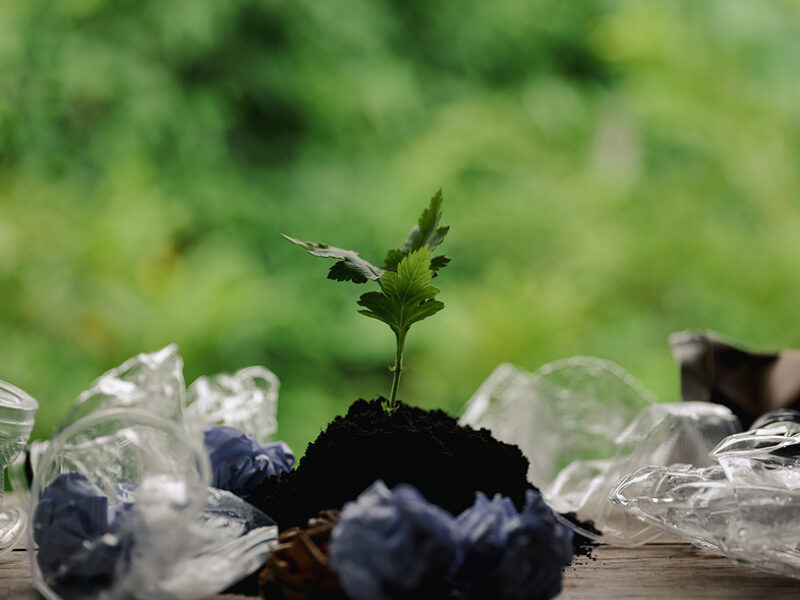
Plastics have gained a somewhat negative reputation for their ill effects on the environment. With many images, videos and reports of overflowing landfills, litter on the streets, and in the oceans, one can also begin to view plastics as a product that only harms the environment by way of pollution and greenhouse gas production.
However, many new initiatives and innovations have been successfully implemented to counter these drawbacks of plastic use. Many of these efforts put a significant focus on increasing the sustainability of plastic packaging use due to the prevalent use of plastic packaging in industries and consumers alike.
1. Stronger Recycling Efforts
With many governments, foundations, and businesses advocating for increased recycling efforts when it comes to plastic packaging, the number of waste plastics thrown into incinerators and landfills has gone down. This is due to recycled plastics being repurposed into many different products, such as newer packaging and stationery.
This, in turn, increases the sustainability value of plastic packaging. As commonly used plastics like polyethylene packaging are highly recyclable, the material lends itself very well to an already established recycling infrastructure designed for this very purpose.
As landfills fill at a slower rate and incinerators emit less pollutants, plastic packaging is increasingly becoming more and more sustainable thanks to the stronger recycling efforts made to decrease the emission footprint of plastic packaging.
2. Sustainable Procurement
As plastics used in packaging come in many different types, sustainable procurement has been a crucial strategy adopted by many businesses and organisations in order to increase the sustainability of plastic packaging.
Through intensive research, many industry players now evaluate the plastics sourced from suppliers. Factors such as the recyclability of specific plastics intended for packaging use, the carbon footprint, and emissions produced during manufacturing and overall water cost during production are considered during sustainable procurement strategies.
Such meticulous methods strive to minimise the environmental harm of plastic packaging, further increasing the sustainability of plastic packaging as a whole.
3. Eco-friendly Materials
Considering the many new forms of upcycled and innovative plastics on the market today, plastic packaging has seen an uptick in its sustainability value due to its usage.
Upcycling plastic has been an established method of eco-friendly material use, with discarded plastic packaging being repurposed into items like clothing or reused wherever possible in a circular economy model.
Conclusion
As always, part of the responsibility of ensuring sustainability in plastic packaging use falls on the consumer. Be it a customer at a grocery store, or a small business owner heavily reliant on plastic packaging, one thing you can do is to source your packaging from a sustainable wholesale supplier.
One such supplier is Allswell Polythene. With an EcoVadis gold medal in sustainability practice and a business vision that incorporates strong guiding principles rooted in ethics and sustainability, Allswell Polythene offers a wide range of sustainably sourced and affordable products, such as black trash bags and various garbage bag sizes in Singapore.
Do consider lending a helping hand towards sustainable plastic packaging use, and, in turn, do your part to keep our environment clean and healthy!
